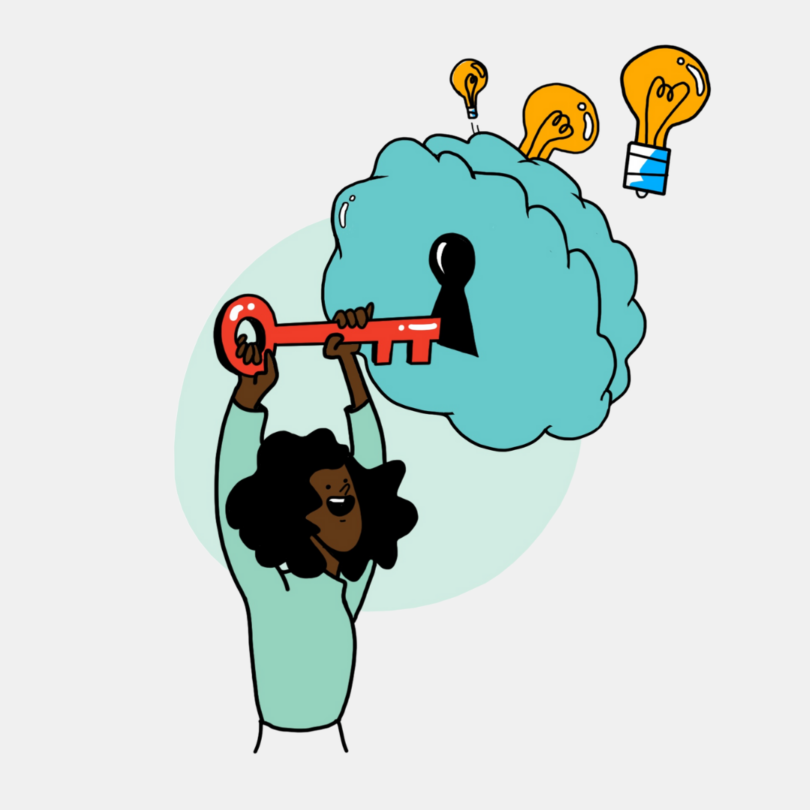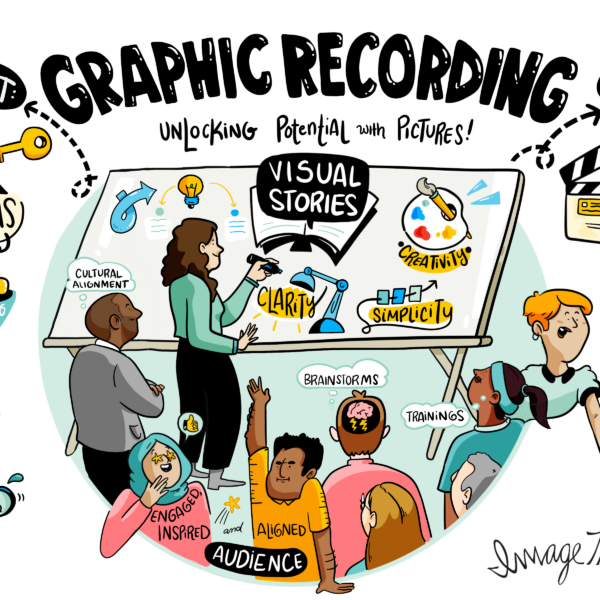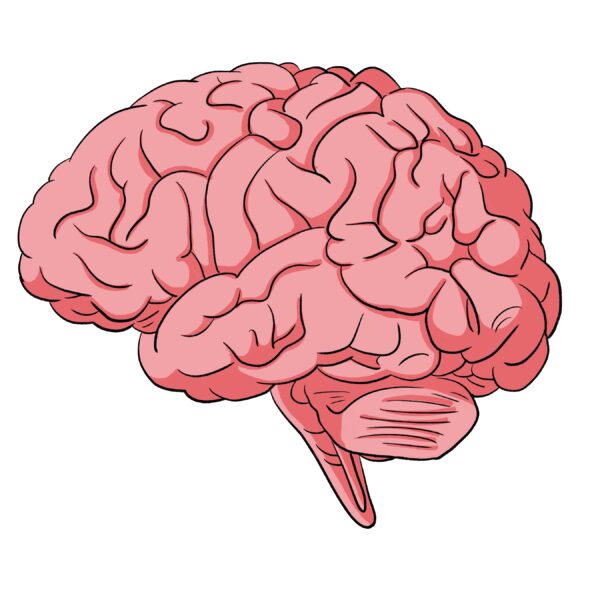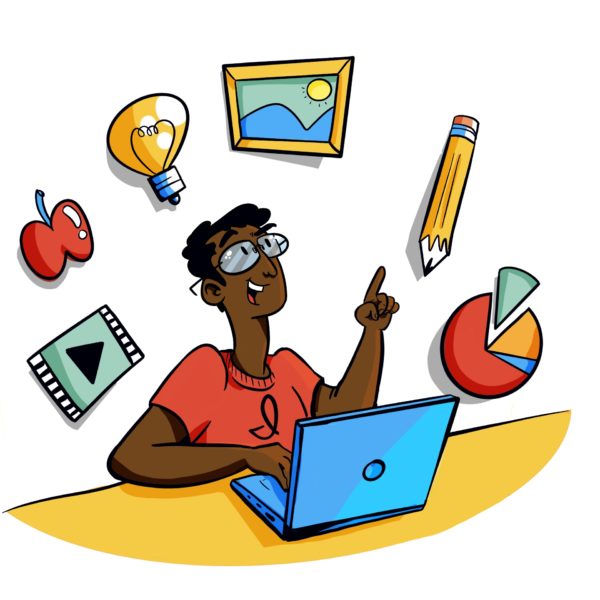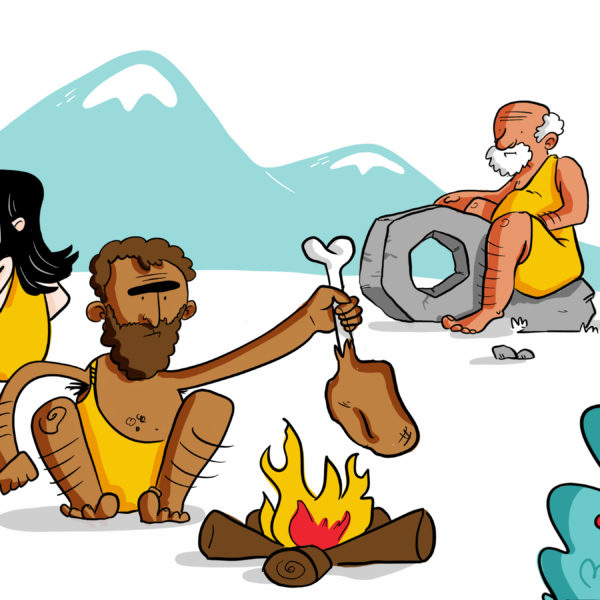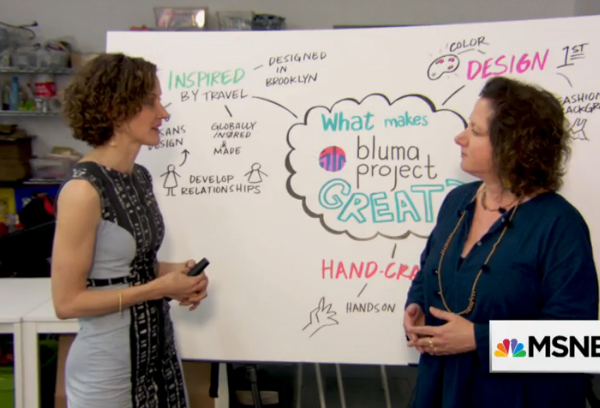“Ideas are like fish. If you want to catch little fish, you stay in the shallow water. But if you want to catch the big fish, you’ve got to go deeper…”
David Lynch
Ideas are like fish, as David Lynch says – to catch a big one, you’ve got to go deeper. While he may not have been directly referring to businesses and their method of ideation, the metaphor still stands. The good ideas (or the ones that change the world anyway) are often deeper than the surface of our, or our company’s expertise.
In our global era, staying on the cusp of innovation is of the utmost importance. You must innovate, or risk being left behind. And you must ideate, or else you cannot innovate. Historically, organizations have looked inward for new product or service developments, or to enhance business processes. But that was the past, and it was rather shortsighted. Now, businesses are realizing that an outward approach involving end users and additional sources is far more effective at driving innovation.
That approach is known as co-creation – the ongoing, collaborative process between an organization and others/stakeholders – and 58% of businesses across the world are piloting its use as we speak. Since organizations have begun co-creating, invaluable benefits have provided sustainable, concrete growth for many (LEGO, IKEA, and Unilever, to name a few). Here are some to consider if your traditional collaborative processes are falling flat:
1. Co-creation unlocks new perspectives.
Co-creation challenges the old ways of creating by inviting third-party members into the innovation process. These individuals can include anyone from customers, to employees, suppliers, distributors, advisors, board members, and industry or non-industry experts. And that’s the beauty of co-creation: each individual brings a new and different perspective to a posed question or issue.
Prior to the definition and understanding of co-creation, former Head of Innovation and Creativity at Disney, Duncan Wardle advocated for the use of naïve experts in innovation processes, arguing that “our own expertise is our biggest barrier to innovation.” Naive experts, or parties we co-create with, challenge us to think differently and approach tasks from different angles. Fresh perspectives often shed light on the innovative solutions we hadn’t previously thought of.
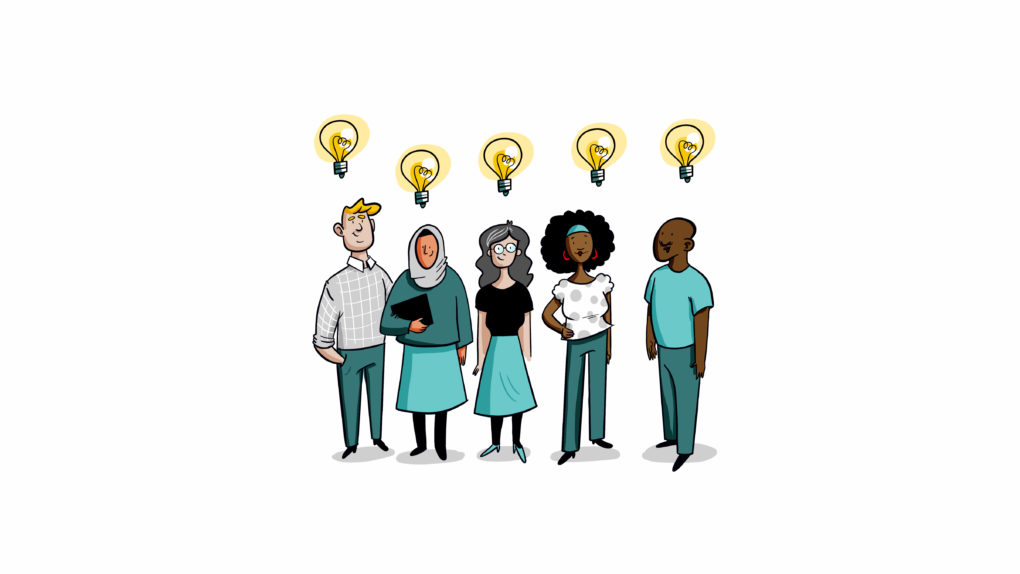
2. Co-creation provides open collaboration and participation.
The very nature of a co-creation session increases collaboration and participation. By design, co-creation creates an open, democratized environment that assembles creative peers to solve a challenge together. In this collaborative, creative process, each voice, idea, and opinion are weighed and considered equally. This feature encourages participants to share input openly, without judgement. In turn, this allows the entire group to thoroughly think and work through the task at hand to produce the best output, or most optimal solution.
3. Co-creation increases idea and opportunity generation.
The wonderful thing about collaborating and ideating with others is that each individual comes with different experiences, perspectives, and ideas of their own. This affect is far greater with co-creation, where those involved may not necessarily be involved in the innovative process otherwise. A cohesive team of differing expertise and experiences helps reveal an array of insights left previously unidentified. In many ways, a co-creation session provides a collection of ideas that can be used in different aspects of projects, or for future endeavors. This aspect ultimately plays a significant part in achieving an effective and meaningful outcome.
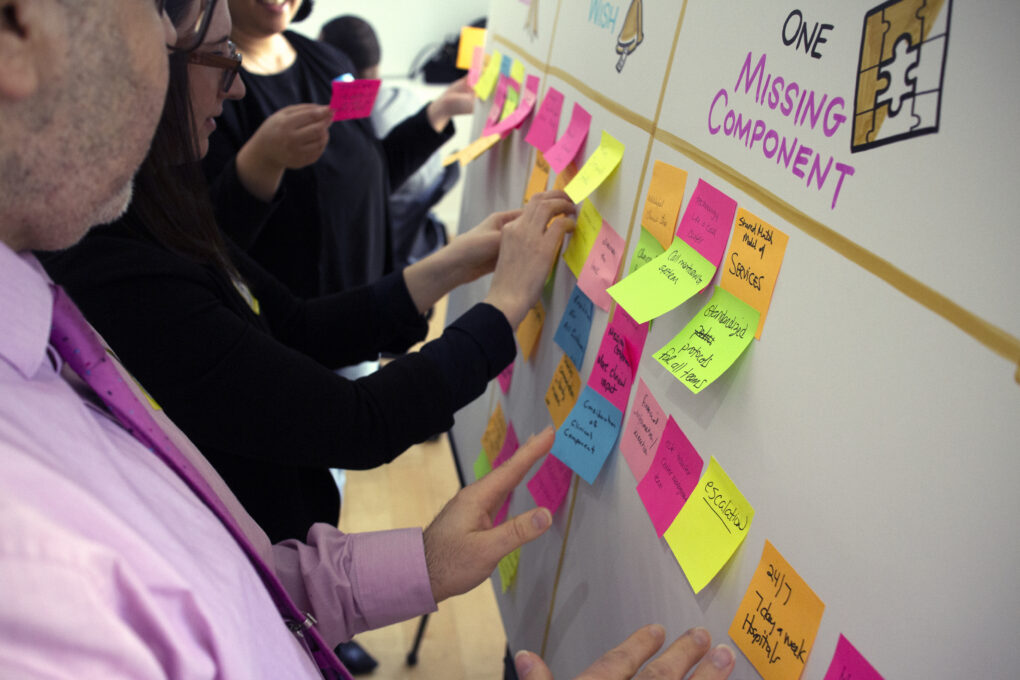
4. Co-creation reduces the costs and risks associated with development.
According to Harvard Business Review, 80-95% of new products failed in the market in 2019. These statistics, while alarming, are a direct testament of why businesses should include customers in their innovation processes. After all, who better to help design products than end users? Or, who better to structure business processes or initiatives than an organization’s employees?
A huge benefit of co-creation is that its process reduces the cost and risk associated with new product development or implementing new initiatives or solutions. Co-creation allows the participation of parties throughout the entire journey which increases advocacy and buy-in. Not only do these individuals help determine an optimal product or solution, but they also want to see its success through.
5. Co-creation builds community and teams.
Co-creation often occurs with individuals who are enthusiastic about the brand and task at hand. These are often people who are directly concerned with an issue, or who fully and willingly want to participate in the creative process.
Parties who are actively involved in co-creation have a clear understanding of their own strengths and weaknesses, which helps signify roles. These individuals are encouraged by the knowledge of how their strengths tie into the larger objective, and that their input is valuable to the group. When this dynamic exists, communities and teams thrive.
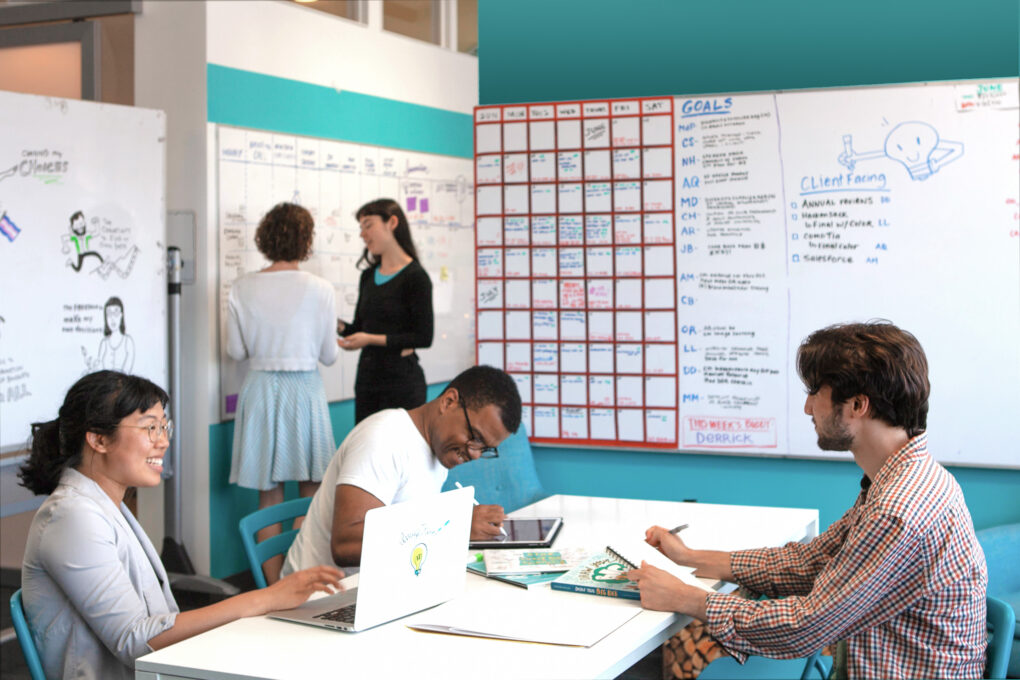
6. Co-creation strengthens brand authenticity, trust, and transparency.
In recent years, audiences have grown increasingly cynical towards brands. As such, brand transparency, authenticity, and trustworthiness have become a huge factor in the buyer’s and employee’s decision to buy from or work for organizations. Co-creation plays into these aspects by eliminating the transactional, impersonal relationship of the past. When customers feel connected to an organization, they are far more likely to be loyal to, and recommend a brand to others. Collaboration through co-creation makes that possible.
7. Co-creation creates joint value.
Perhaps the greatest benefit of co-creation is that value is jointly created and evenly distributed. The structure of co-creation allows other parties to join in, identify, and solve the most meaningful problems. It’s this total involvement that helps create shared value, usability, and scalability for each party.

Like co-creation, graphic recording provides value beyond traditional collaboration. Graphic recording brings new perspectives to light, encourages participation, and generates a bounty of ideas. By illustrating inputs, graphic recording leverages the voices and ideas of the crowd. It turns insights to impact by connecting like-concepts through synthesis. A strategic visual plan helps formulate new initiatives, allowing individuals to assess each step, and execute a project to its full potential. If you’re looking to experience the value of co-creation or have the ImageThink team facilitate your co-creation session, please explore all of our services and learn more about our graphic recording services. Or contact us by clicking the button below.
